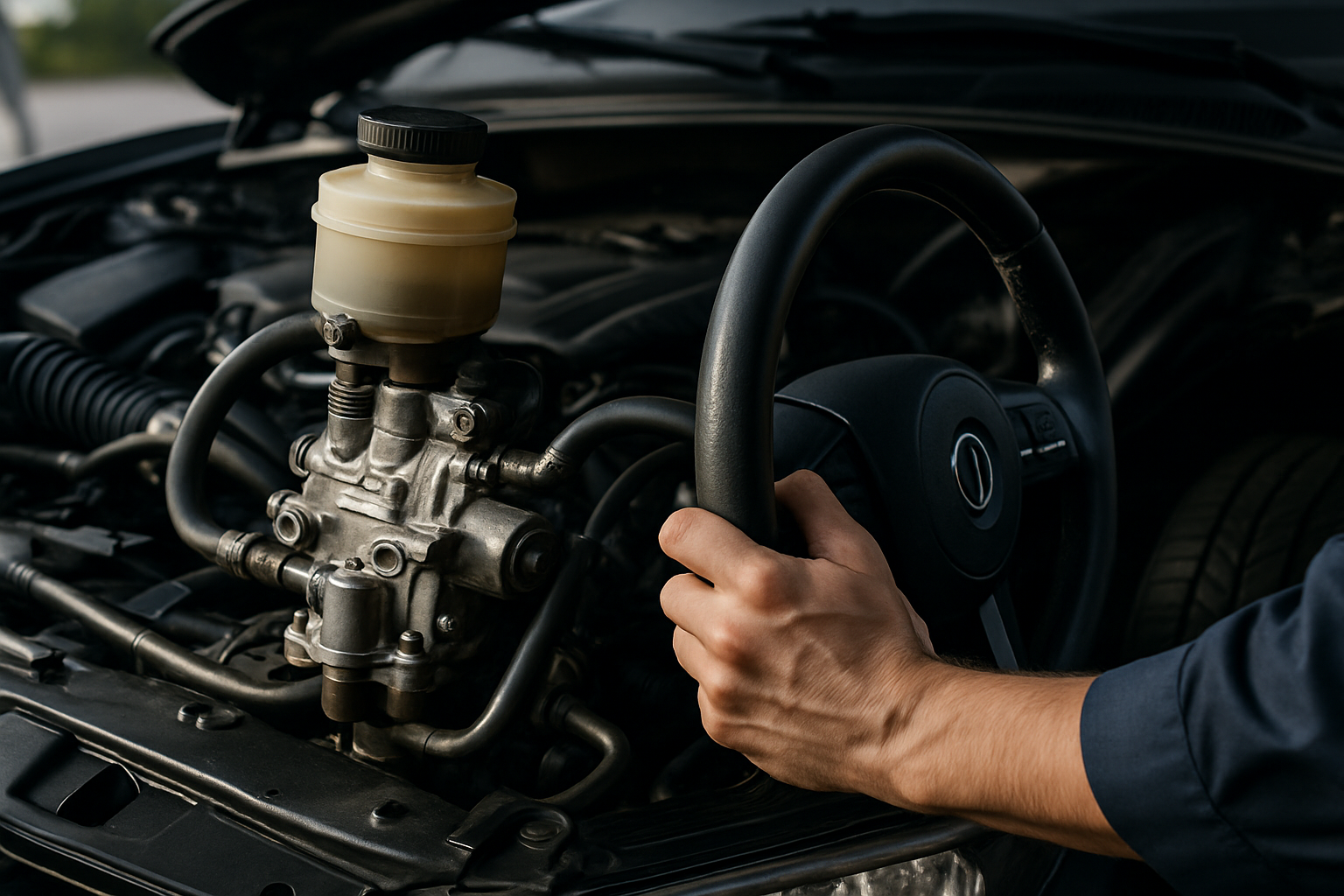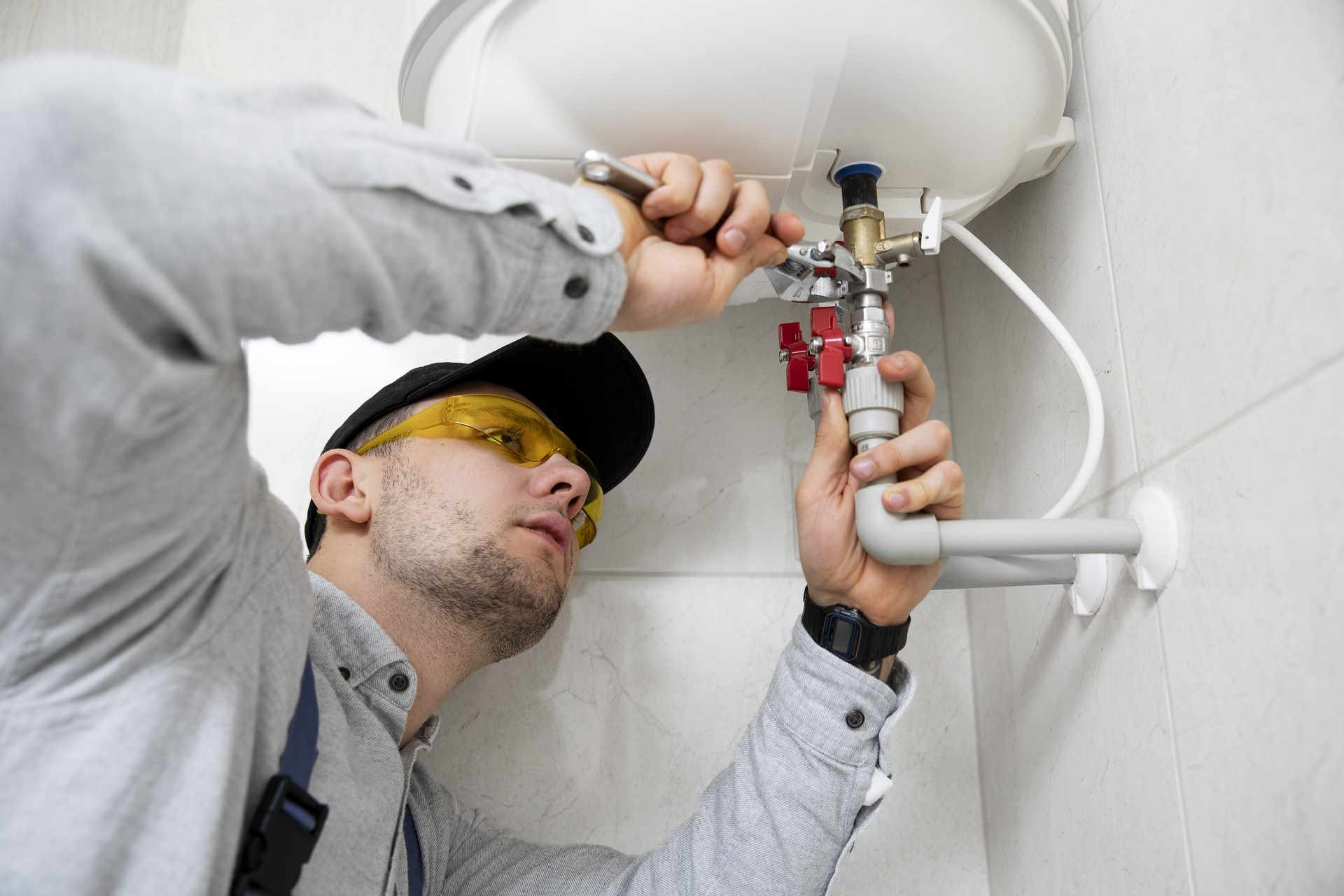Prefabricated Homes with Full Equipment – Explore 2025 Pricing Options
Prefabricated homes with full equipment are becoming one of the most attractive housing options in 2025, offering a perfect blend of affordability, speed, and convenience. These modern, factory-built houses come ready with essential installations, appliances, and finishes, making them move-in ready upon delivery. With advancements in design and materials, buyers can now choose from a wide range of styles, layouts, and eco-friendly features—all while benefiting from transparent and competitive pricing. Whether for a primary residence, vacation home, or investment property, prefabricated homes provide a cost-effective way to own a fully equipped, high-quality living space in today’s market.

How Are Prefabricated Houses Designed for Quick Setup and Long-Term Use?
Prefabricated homes are engineered with efficiency at their core. The design process begins with precision architectural planning that considers both assembly speed and structural integrity. Unlike traditional construction, prefab components are manufactured in controlled environments, ensuring exact measurements and reducing weather-related delays. These components typically include pre-wired electrical systems, plumbing connections, and pre-installed insulation—all designed to snap together using innovative connection systems.
The materials selected for prefab homes prioritize both durability and lightweight properties. Advanced composites, engineered wood, and high-performance steel frames create structures that withstand transportation stresses while maintaining long-term structural integrity. Many modern prefabs utilize closed-panel systems where entire wall sections—complete with insulation, vapor barriers, and exterior finishes—arrive ready to connect to the foundation and adjacent panels.
For long-term durability, prefabricated homes incorporate resilient design features that accommodate settlement, thermal expansion, and regional environmental challenges. Reinforced connection points, flexible sealing systems, and moisture management technologies ensure these homes maintain their integrity over decades, often matching or exceeding the lifespan of site-built homes. Additionally, modern prefabs frequently incorporate smart home technology infrastructure during manufacturing, future-proofing the home for technological advancements.
How Do 2025 Prefab Home Prices Compare Across Configurations?
Prefabricated home pricing in 2025 varies significantly based on configuration, size, materials, and customization levels. The most basic models—typically single-module tiny homes or container conversions—start around $50,000 for a fully equipped unit. Mid-range prefab homes with 2-3 bedrooms in a modular configuration generally range from $150,000 to $300,000, including standard fixtures and finishes but excluding land and site preparation costs.
Premium prefab solutions with high-end materials, energy-efficient systems, and luxury finishes can reach $400,000 to $800,000 for larger homes with complex designs. These higher-end options often feature smart home integration, sustainable energy systems, and architect-designed aesthetics that rival custom site-built homes.
The configuration dramatically impacts pricing: linear designs with simple rooflines cost less than multi-module homes with complex geometries. Similarly, single-story designs typically cost less per square foot than multi-level prefabs that require additional structural reinforcement. Customization levels also influence pricing—homes with standardized layouts and finishes offer significant savings compared to highly customized designs with bespoke features.
What Factors Should Be Considered When Comparing Prefab Home Options?
When evaluating prefabricated home options, several critical factors beyond the initial purchase price deserve careful consideration. First, assess the manufacturer’s reputation and longevity in the industry—established companies typically offer better warranties, customer support, and construction quality. Examining build quality specifics like insulation R-values, window efficiency ratings, and structural engineering certifications provides insight into long-term performance.
Transportation logistics represent another crucial consideration. Depending on your location, delivery costs can add 5-15% to your total investment. Site preparation requirements—including foundation type, utility connections, and land grading—vary between prefab systems and can significantly impact your overall budget.
Local code compliance presents a critical challenge for some prefab buyers. While reputable manufacturers design to meet or exceed national building codes, local jurisdictions may have specific requirements that necessitate modifications. Working with manufacturers experienced in your region can minimize compliance issues and expedited permitting processes.
Finally, assess the completeness of equipment packages included with your prefab home. Some manufacturers advertise low base prices but charge substantially for essential equipment like HVAC systems, appliances, and fixtures. Others offer truly comprehensive packages where everything from kitchen appliances to bathroom fixtures comes pre-installed and ready for immediate use.
2025 Prefabricated Home Pricing Comparison by Configuration
| Configuration Type | Average Base Price | Full Equipment Package | Estimated Total Cost |
|---|---|---|---|
| Basic Single Module (400-600 sq ft) | $45,000-$80,000 | $10,000-$20,000 | $55,000-$100,000 |
| Standard Modular (1,200-1,800 sq ft) | $120,000-$200,000 | $30,000-$50,000 | $150,000-$250,000 |
| Multi-Module Custom (2,000-3,000 sq ft) | $200,000-$400,000 | $50,000-$100,000 | $250,000-$500,000 |
| Luxury Prefab (2,500+ sq ft) | $350,000-$600,000 | $75,000-$150,000 | $425,000-$750,000 |
| Eco-Friendly/Passive House | $275,000-$500,000 | $60,000-$120,000 | $335,000-$620,000 |
Prices, rates, or cost estimates mentioned in this article are based on the latest available information but may change over time. Independent research is advised before making financial decisions.
Key Prefab Home Manufacturers and Their Specialties
The prefabricated housing market features several prominent manufacturers, each with unique strengths. Blu Homes specializes in precision-engineered, steel-framed modular homes with striking contemporary designs and premium finishes. Their proprietary folding technology allows for larger, open-concept spaces while simplifying transportation logistics.
Method Homes offers highly customizable prefab solutions with an emphasis on sustainable materials and energy efficiency. Their product line ranges from compact accessory dwelling units to expansive family homes, all built to rigorous environmental standards.
For budget-conscious buyers, Clayton Homes provides factory-built options with standardized designs that maximize affordability without sacrificing quality. Their vertical integration model—controlling everything from manufacturing to financing—helps maintain competitive pricing across their product line.
International players like Japan’s Sekisui House bring advanced manufacturing techniques and innovative materials to the prefab market. Their precision-engineered homes feature proprietary construction systems designed for exceptional energy efficiency and earthquake resistance.
Prefabricated homes represent a compelling housing solution that balances efficiency, customization, and value. As we approach 2025, advances in manufacturing technology, sustainable materials, and equipment integration continue to enhance their appeal across diverse market segments. By understanding design principles, configuration options, and critical comparison factors, prospective buyers can navigate the expanding prefab marketplace with confidence. Whether seeking an affordable starter home or a luxury custom residence, today’s prefabricated housing offers solutions tailored to virtually any lifestyle, location, and budget consideration.




